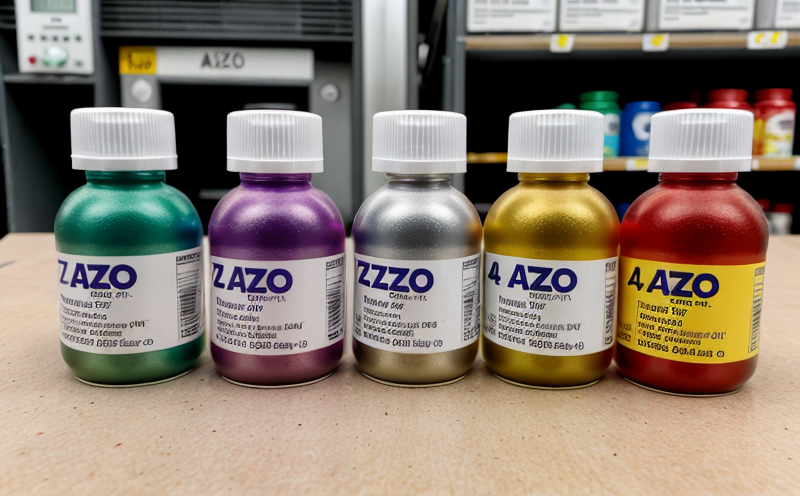EN 16732 Determination of nonylphenol ethoxylates with restricted substances
The European standard EN 16732 specifies the procedure for determining the presence and concentration levels of nonylphenol ethoxylates (NPEs) in textile products. These chemicals are widely used as surfactants, emulsifiers, and dispersants in various industrial processes but have been identified as potential endocrine disruptors and environmental pollutants.
The testing process involves several critical steps: sample preparation, extraction of NPEs from the textiles, and subsequent analysis using high-performance liquid chromatography (HPLC) with fluorescence detection. This method ensures accurate quantification of NPE concentrations, which is crucial for ensuring compliance with regulatory limits set by various national and international standards.
Compliance to this standard is essential for textile manufacturers who wish to ensure their products are free from harmful substances. It also helps them meet the stringent requirements imposed by eco-labels such as Oeko-Tex Standard 100, which specifically includes NPE limits in its criteria. By adhering to EN 16732, businesses can enhance their reputation and gain a competitive edge in the global market.
The standard applies not only to raw materials but also to finished products like clothing, home textiles, and industrial fabrics. This ensures that every stage of production is controlled, from sourcing the raw materials to final product assembly. Compliance with EN 16732 can prevent potential legal issues and costly recalls due to non-compliance.
For quality managers and compliance officers, understanding the nuances of this standard is vital for maintaining a sustainable and ethical supply chain. It also aids in reducing risks associated with environmental impact and worker health. By implementing these tests, companies contribute positively to both their own sustainability goals and broader industry standards.
The testing process outlined in EN 16732 ensures high precision and reliability through standardized methods. This helps manufacturers achieve consistent quality across all products while adhering strictly to regulatory guidelines. The use of advanced analytical techniques like HPLC guarantees accurate results that can be trusted by consumers, regulators, and other stakeholders.
Environmental and Sustainability Contributions
- Reduction in Chemical Pollution: By identifying NPEs early in the production process, companies can take corrective actions to minimize their release into the environment. This reduces the risk of contamination from textile manufacturing processes.
- Promotion of Sustainable Practices: Compliance with EN 16732 encourages manufacturers to adopt greener practices throughout their supply chains, promoting a more sustainable approach to production.
Competitive Advantage and Market Impact
- Better Reputation: Adhering to this standard can significantly enhance a company’s reputation among eco-conscious consumers who prioritize sustainability when making purchasing decisions.
- Innovation Opportunities: The detailed insights provided by EN 16732 testing encourage continuous improvement in manufacturing processes, leading to innovations that further reduce environmental impact and improve product quality.





